Temporary Shelter Units Designed for Emergency Housing
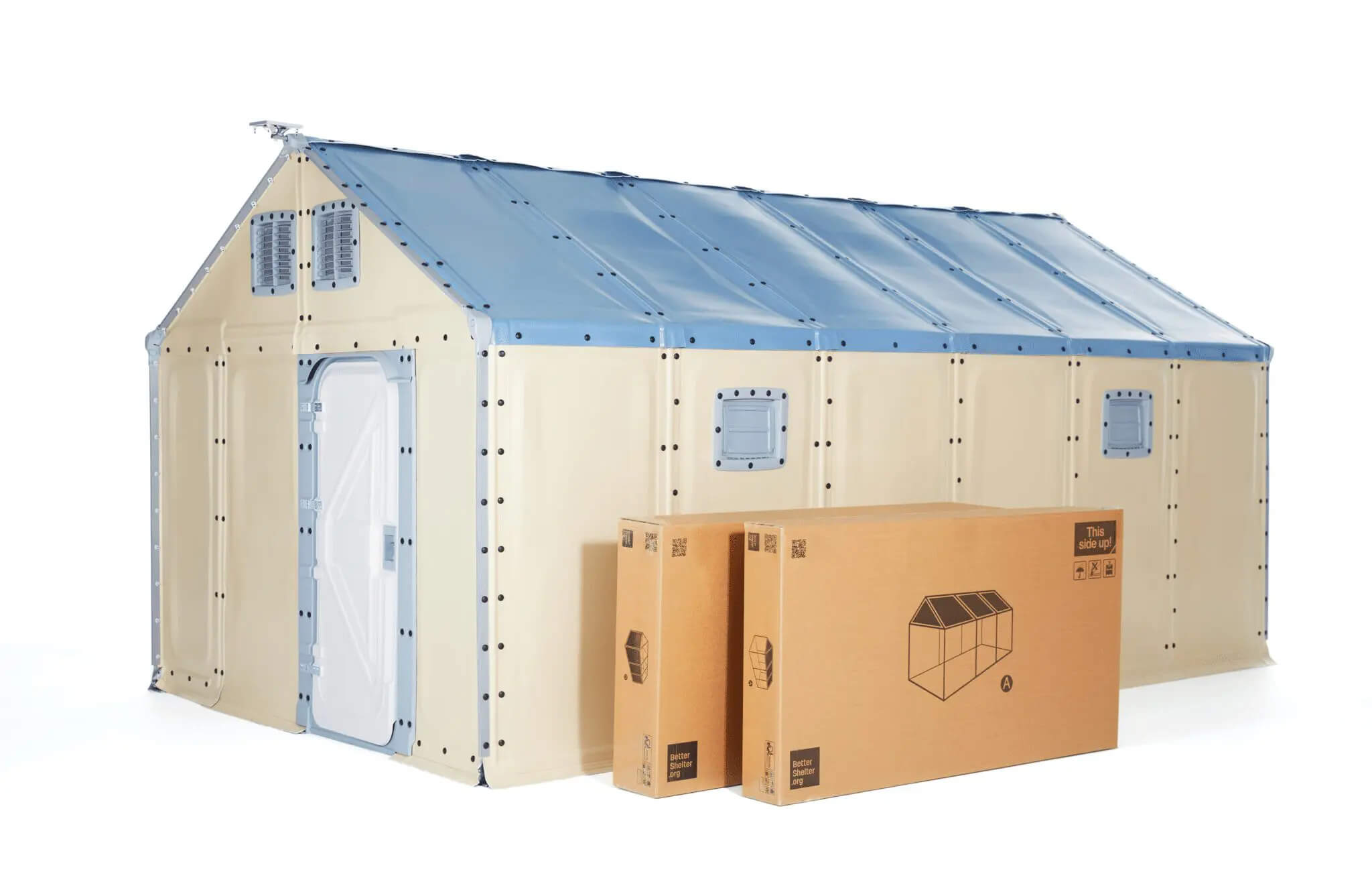
Source: Better Shelter Foundation
It is crucial that temporary settlement solutions offer residents a secure, dignified, and sustainable living environment as they reconstruct their lives and cities.
Following the devastating earthquake on February 6, 2023, affecting more than 10 cities, shelter becomes one of the most pressing needs. In regions where cold climatic conditions prevail, tent cities are usually established as the quickest solution to fulfill basic needs such as shelter, communal spaces, and healthcare. However, the reorganization of earthquake-affected settlements and the recovery of cities constitute a lengthy process that demands meticulous planning. In this context, temporary housing solutions must be devised for hundreds of thousands of people. It is crucial that temporary settlement solutions offer residents a secure, dignified, and sustainable living environment as they reconstruct their lives and cities.
Last week, the IKEA Foundation announced a donation of 10 million euros to the Better Shelter Foundation, an organization specializing in constructing temporary shelters after disasters. The aim is to dispatch 5,000 shelters to the earthquake-affected areas in Turkey and Syria. The shelters have commenced arriving in the region since last week.
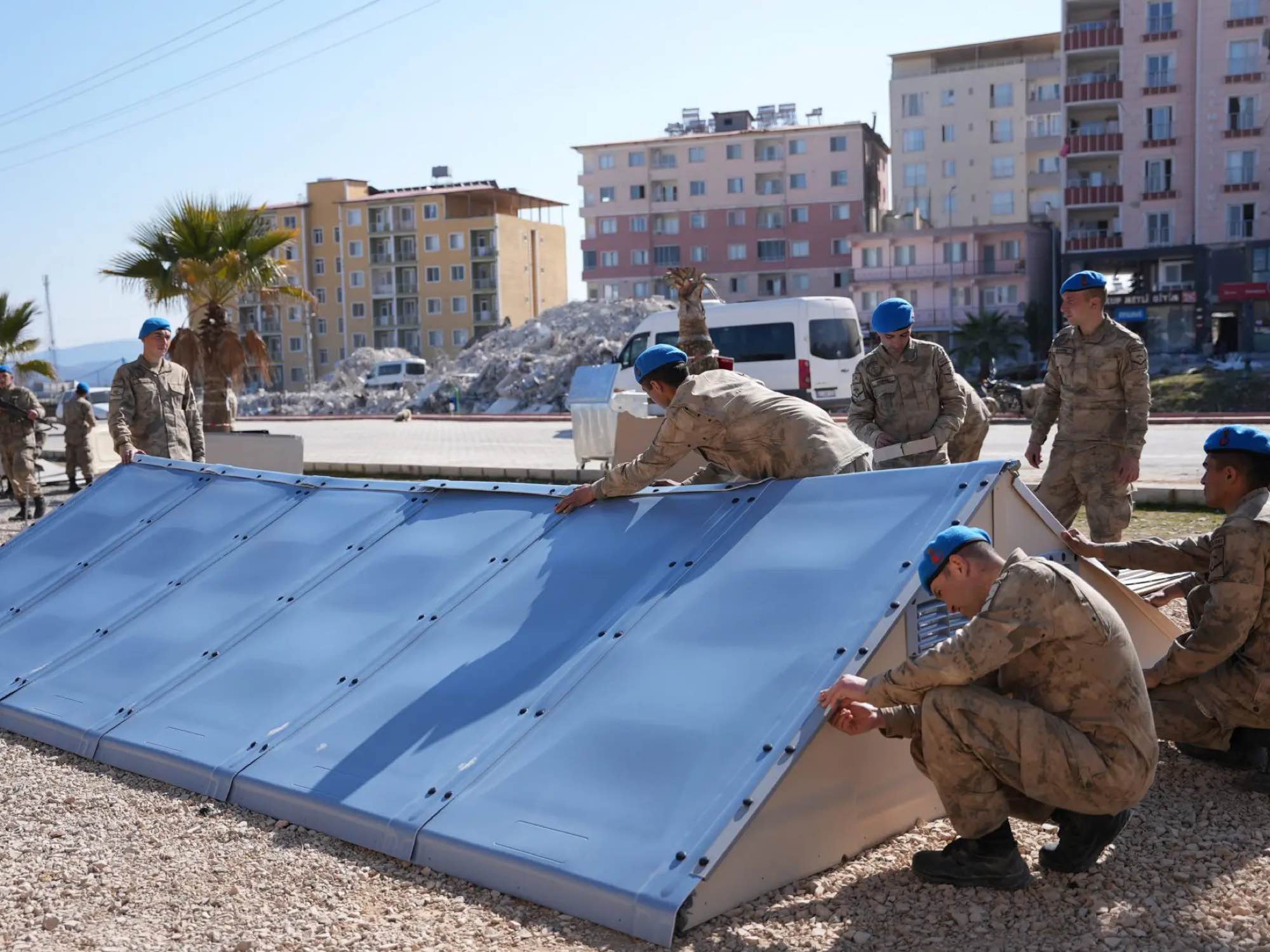 |
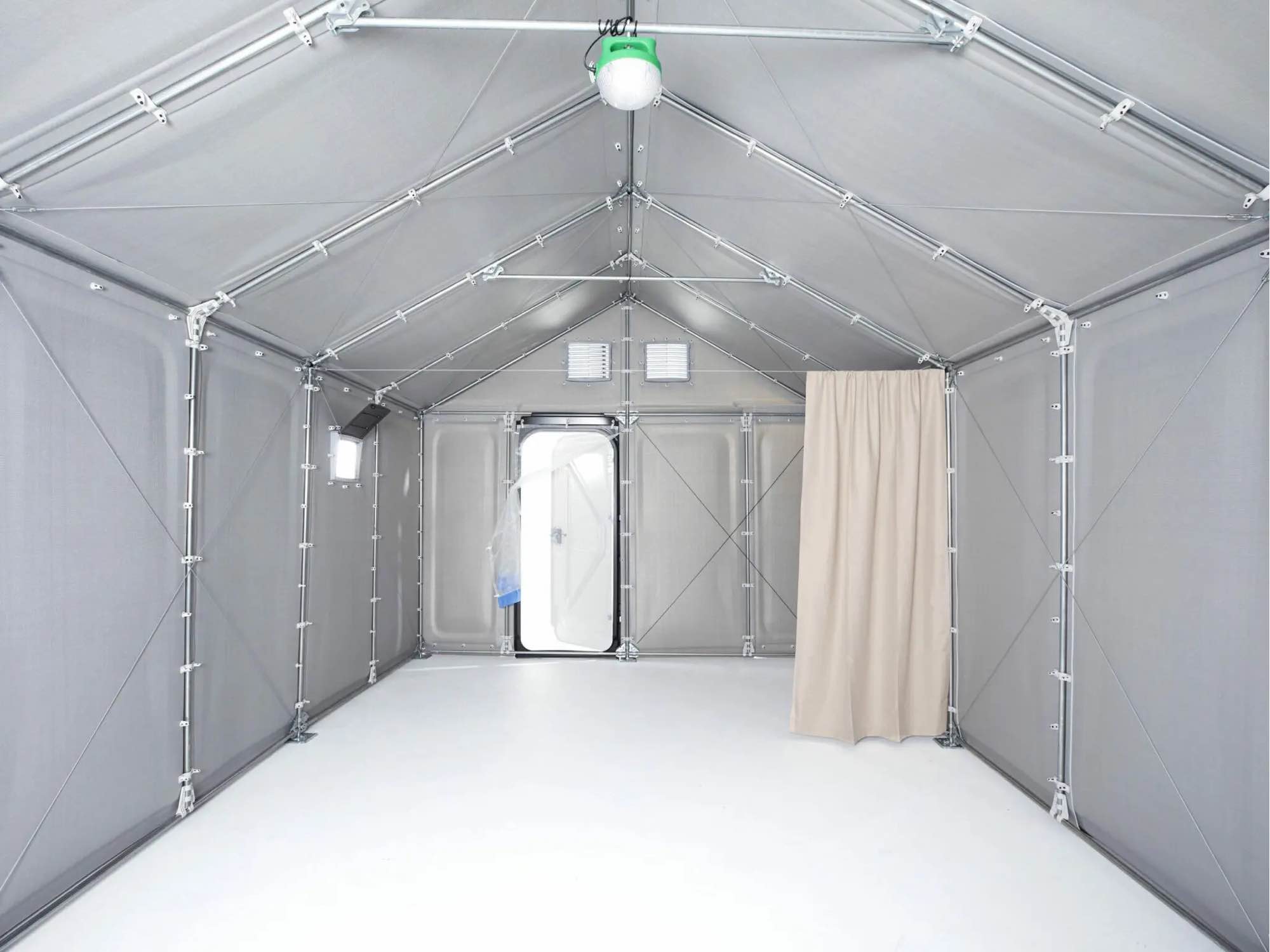 |
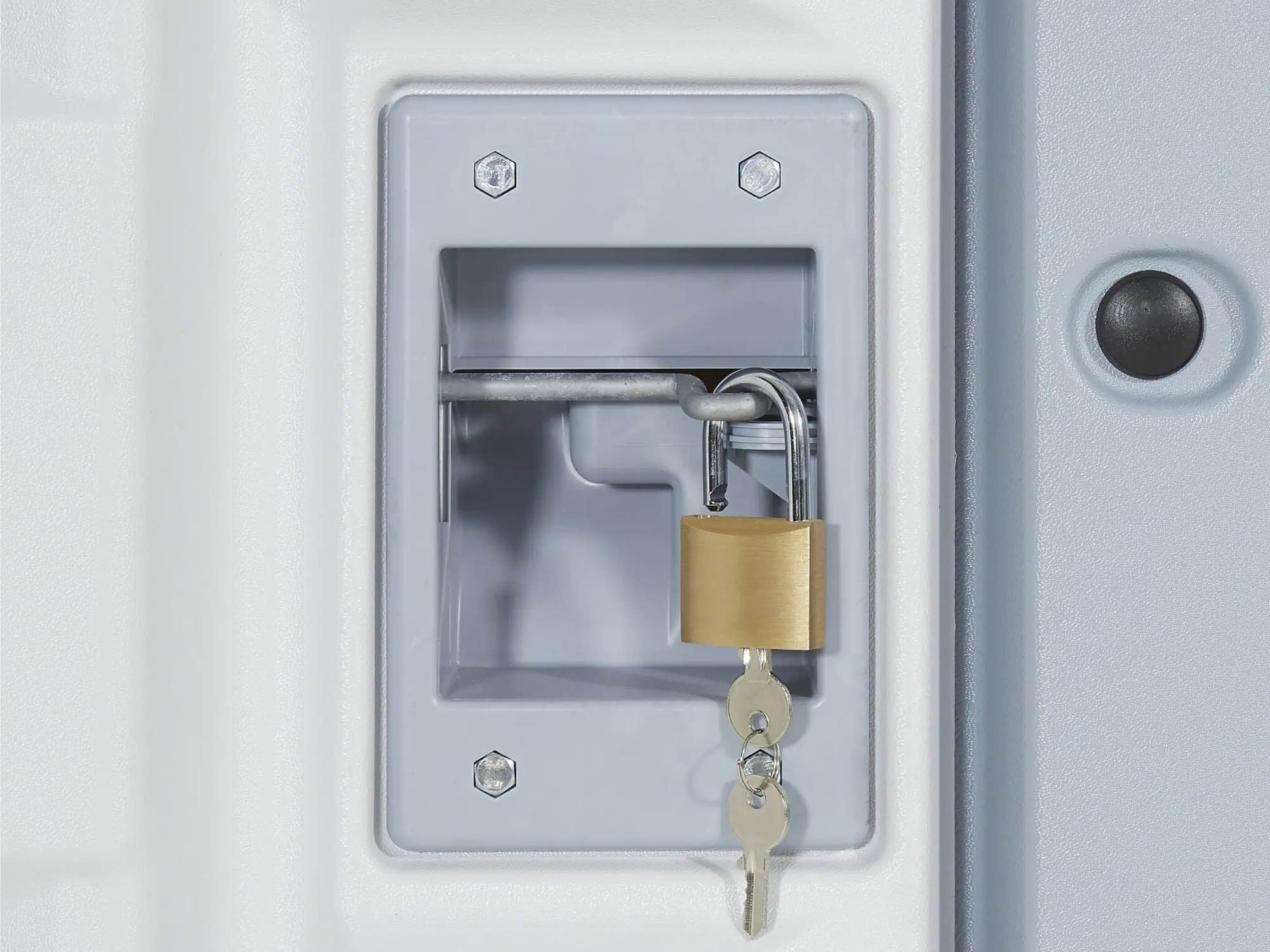 |
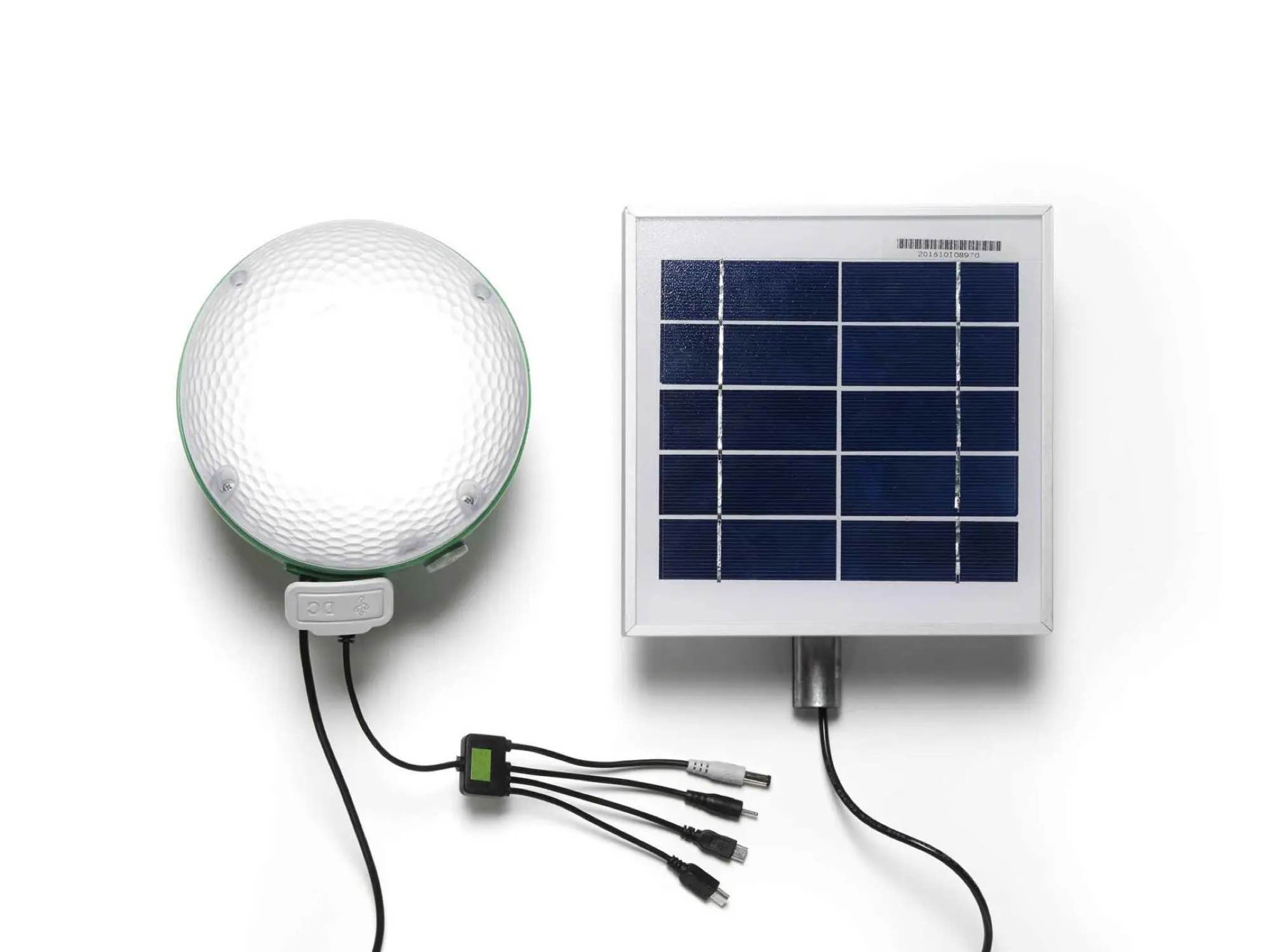 |
Source: Better Shelter Foundation
In 2016, an example of the shelter was exhibited at New York’s contemporary art museum MoMa, and it received the Beazley Design of the Year Award in the same year.
But can the Better Shelter Foundation’s “Relief Housing Unit” (RHU) shelters fulfill the role of the temporary settlement alternative we discussed earlier? In 2010, the foundation collaborated with IKEA and UNHCR to design a new shelter for refugee camps capable of withstanding harsh climatic conditions. The first prototypes were tested and mass-produced in 2013, and by 2015, they were being utilized in camps across southern Europe, Africa, and the Middle East. In 2016, an example of the shelter was exhibited at New York’s contemporary art museum MoMa, and it received the Beazley Design of the Year Award in the same year. Thousands of these shelters, whose design has been improved since 2018 based on field feedback, with enhanced ventilation and fire resistance standards, have also served as temporary healthcare units during the COVID-19 pandemic.
The 17.5m² units feature a steel frame and are delivered in flat packages for convenient transportation. These modular units, easily assembled by four people in just a few hours without the need for any special tools, can be combined to create spaces serving various purposes like health and education. The wall panels of these units, equipped with a lockable door and a solar-powered lamp, are designed to be durable for at least 3 years, while the supporting frame ensures longevity for at least 10 years. The Foundation’s website also provides information on how wall panels can be adapted, where possible, by incorporating local materials such as bamboo, soil, etc., thereby fostering more permanent solutions.
